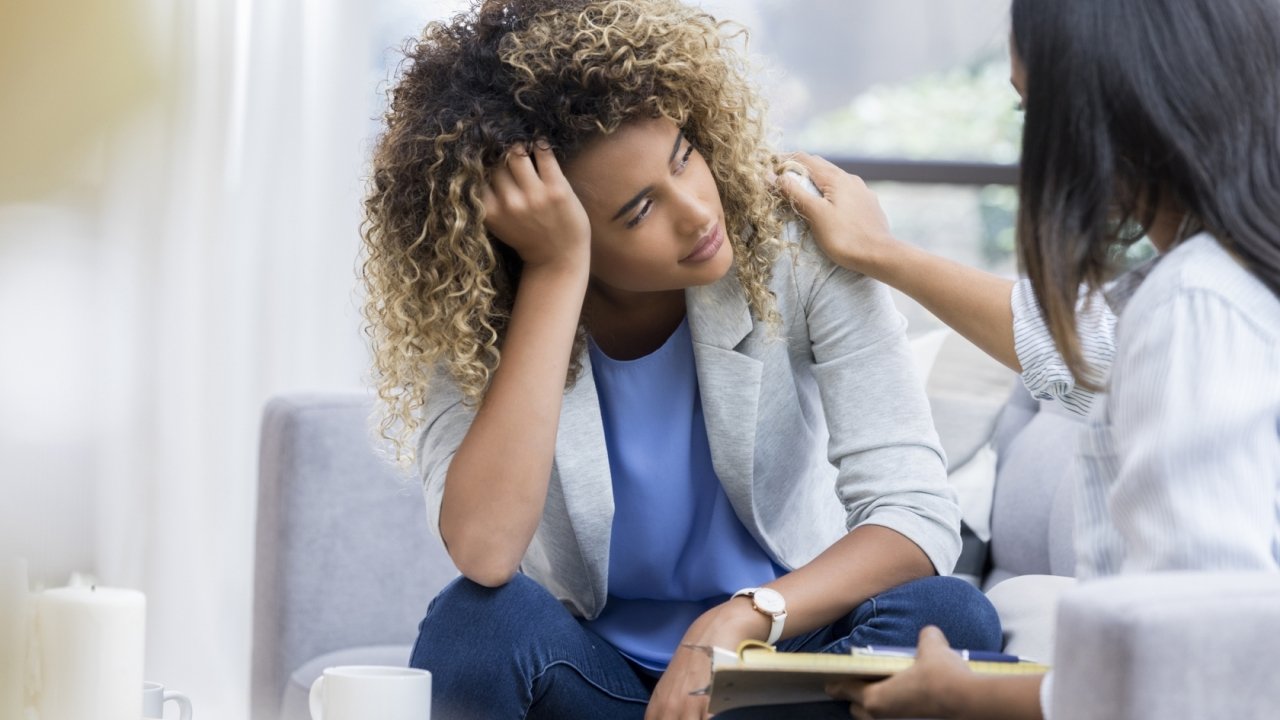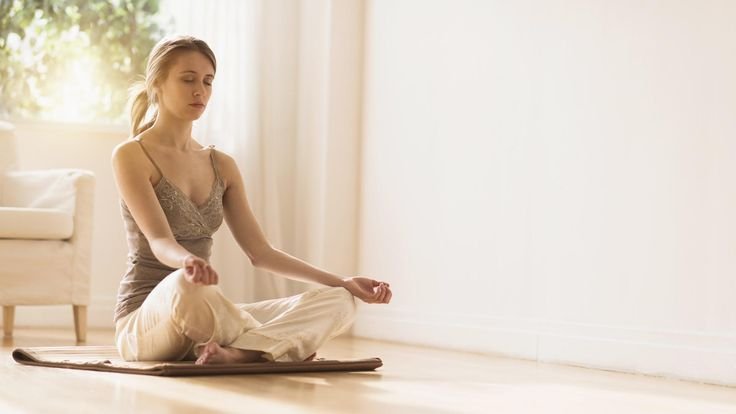Introduction
Flu season can be daunting, bringing fever, cough, body aches, and fatigue. While over-the-counter medicines help, natural remedies provide effective relief with fewer side effects. In this article, we’ll explore powerful home remedies, immune-boosting foods, and lifestyle tips to help you recover faster and prevent future infections.
Understanding the Flu
Influenza (flu) is a contagious respiratory illness caused by viruses that infect the nose, throat, and sometimes the lungs. It spreads through droplets from coughs and sneezes or by touching contaminated surfaces. The flu can range from mild to severe, making it essential to treat it promptly.
Causes of the Flu
The flu is caused by influenza viruses, which can change and mutate over time. Several factors contribute to the spread and severity of flu infections:
1. Influenza Viruses
There are four types of influenza viruses: A, B, C, and D. The most common strains that infect humans are influenza A and B. Influenza A is known to cause pandemics and severe outbreaks, while influenza B is generally less severe but still responsible for seasonal flu cases.
2. Airborne Transmission
The flu spreads primarily through respiratory droplets when an infected person coughs, sneezes, or talks. These droplets can land in the mouth or nose of nearby people, leading to infection.
3. Contact with Contaminated Surfaces
Touching contaminated surfaces and then touching the face, eyes, or mouth can transfer the virus. Flu viruses can survive on surfaces like doorknobs, countertops, and mobile phones for several hours.
4. Weak Immune System
People with weakened immune systems, including the elderly, young children, pregnant women, and individuals with chronic conditions, are more susceptible to flu infections and complications.
5. Seasonal Changes
Flu is more common during colder months when people spend more time indoors, increasing the likelihood of virus transmission. The lower humidity levels in winter also allow the virus to survive longer in the air.
6. Lack of Proper Hygiene
Not washing hands regularly, sharing personal items, and neglecting sanitation practices increase the risk of spreading the flu.
7. Stress and Poor Diet
Chronic stress and poor nutrition can weaken the immune system, making the body more vulnerable to infections. A diet low in vitamins and minerals may hinder the body’s ability to fight off viruses effectively.
8. Crowded Places
Flu spreads quickly in crowded areas such as schools, offices, public transport, and shopping malls, where close contact with infected individuals is common.
9. Inadequate Sleep
Lack of sleep can reduce the body’s ability to fight infections by weakening the immune system. Sleep is crucial for overall health and flu prevention.
1. Stay Hydrated
Dehydration can worsen flu symptoms. Drinking plenty of fluids like water, herbal teas, and broths helps loosen mucus, soothe the throat, and prevent dehydration.
- Warm lemon water with honey: Soothes the throat and provides vitamin C.
- Bone broth: Contains essential nutrients that aid recovery.
- Herbal teas: Ginger, peppermint, and chamomile tea help reduce congestion and promote relaxation.
2. Boost Immunity with Vitamin C
Vitamin C strengthens the immune system and reduces flu severity. Include citrus fruits, bell peppers, strawberries, and leafy greens in your diet. You can also take vitamin C supplements for extra support.
3. Consume Ginger and Garlic
- Ginger: Contains anti-inflammatory properties that soothe sore throats and reduce nausea. Try ginger tea with honey and lemon.
- Garlic: Acts as a natural antibiotic and immune booster. Adding raw garlic to your meals or drinking garlic-infused tea can help fight infections.
4. Use Honey for Cough Relief
Honey is a natural cough suppressant and has antimicrobial properties. A spoonful before bed can reduce coughing and improve sleep. Mixing honey with warm milk or herbal tea enhances its soothing effects.
5. Steam Therapy for Congestion
Inhaling steam helps clear nasal passages and ease breathing.
- Eucalyptus oil steam: Adding a few drops of eucalyptus oil to hot water can relieve congestion.
- Hot showers: Help open up airways and soothe flu symptoms.
6. Herbal Remedies
Several herbs have antiviral and immune-boosting properties.
- Elderberry: Reduces flu duration and severity.
- Echinacea: Boosts immunity and reduces cold and flu symptoms.
- Turmeric: Has anti-inflammatory properties that support immune function.
7. Rest and Sleep
Adequate rest allows the body to heal. Lack of sleep weakens the immune system, making flu symptoms worse. Aim for 7-9 hours of quality sleep.
8. Use Essential Oils
Aromatherapy with essential oils like peppermint, lavender, and tea tree oil can provide relief from congestion, headaches, and muscle pain.
9. Eat Nutrient-Dense Foods
- Leafy greens: Rich in antioxidants that boost immunity.
- Yogurt: Contains probiotics that promote gut health and strengthen immunity.
- Nuts and seeds: Provide healthy fats and vitamin E, which support immune function.
10. Avoid Sugar and Processed Foods
Excess sugar suppresses the immune system and increases inflammation, making it harder for your body to fight the flu.
11. Stay Active and Exercise
Regular physical activity enhances immune function and helps the body fight infections more effectively.
12. Stay Warm and Avoid Cold Exposure
Keeping warm, especially during flu season, helps prevent illness by maintaining optimal body temperature and circulation.
13. Manage Stress Effectively
Chronic stress weakens the immune system. Engage in relaxation techniques such as yoga, deep breathing, or mindfulness to reduce stress levels.
2. Immune-Boosting Nutrients to Prevent/Treat Flu
| Nutrient |
Role in Flu Defense |
Best Food Sources |
| Vitamin C |
Enhances white blood cell function |
Citrus, bell peppers, kiwi |
| Zinc |
Shortens cold/flu duration |
Pumpkin seeds, oysters, lentils |
| Vitamin D |
Reduces respiratory infections |
Sunlight, fatty fish, fortified milk |
| Selenium |
Critical for immune response |
Brazil nuts, turkey, eggs |
Additional Home Remedies for Flu Recovery
14. Salt Water Gargle
Gargling with warm salt water helps relieve sore throats, reduce mucus, and flush out bacteria.
15. Apple Cider Vinegar
Apple cider vinegar helps balance pH levels and fights off infections. Mix one tablespoon in a glass of warm water and drink it twice daily.
16. Warm Compress
Applying a warm compress to the forehead or sinuses can reduce sinus pressure and headaches caused by congestion.
17. Herbal Steam Inhalation
Adding herbs like thyme and rosemary to steam inhalation enhances the antibacterial and antiviral effects.
18. Acupressure and Reflexology
Stimulating pressure points on the body can help alleviate congestion, headaches, and muscle aches.
Use Natural Supplements
- Zinc: Reduces flu symptoms and speeds up recovery.
- Probiotics: Improve gut health and strengthen immunity.
- Astragalus: An adaptogenic herb that enhances immune defense.
- Quercetin: A natural antioxidant that helps reduce inflammation and boost immunity.
Preventing the Flu Naturally
1. Maintain Good Hygiene
- Wash hands frequently.
- Avoid touching your face.
- Sanitize frequently touched surfaces.
2. Strengthen Your Immune System
- Eat a balanced diet rich in vitamins and minerals.
- Exercise regularly.
- Manage stress through meditation and deep breathing exercises.
3. Get Enough Vitamin D
Vitamin D deficiency is linked to weakened immunity. Sun exposure and vitamin D-rich foods like salmon, eggs, and fortified dairy help maintain optimal levels.
4. Drink Herbal Infusions Regularly
Daily consumption of immune-boosting teas like green tea and chamomile helps protect against infections.
5. Use Natural Supplements
- Zinc: Reduces flu symptoms and speeds up recovery.
- Probiotics: Improve gut health and strengthen immunity.
- Astragalus: An adaptogenic herb that enhances immune defense.
Conclusion
Natural remedies can significantly ease flu symptoms and strengthen immunity. Staying hydrated, consuming immune-boosting foods, getting enough rest, and practicing good hygiene are key to faster recovery and flu prevention. By incorporating these remedies into your lifestyle, you can build a robust immune system and stay healthy year-round.
If you learn more about Flu Natural Remedies, Please visit the drzaar.com










